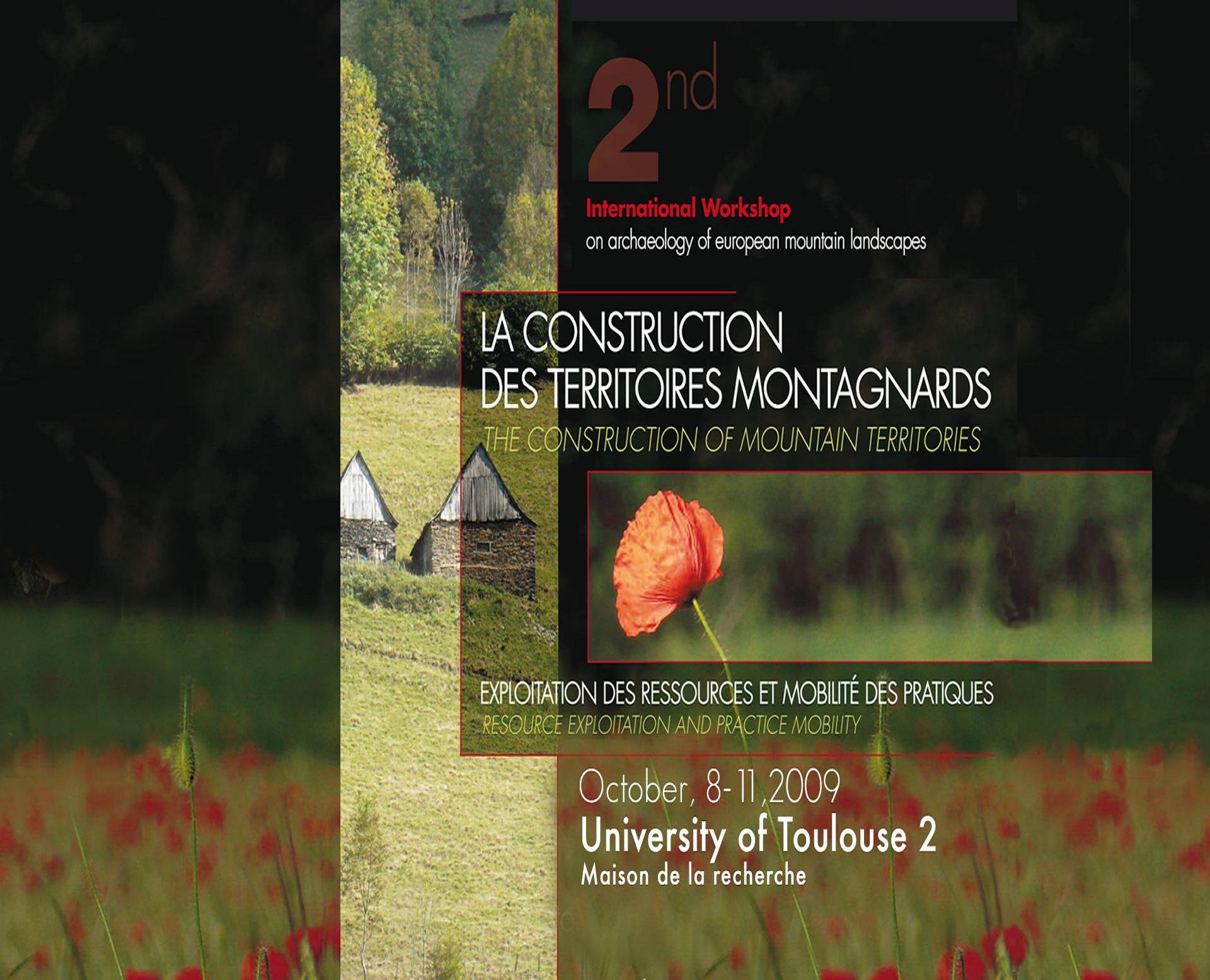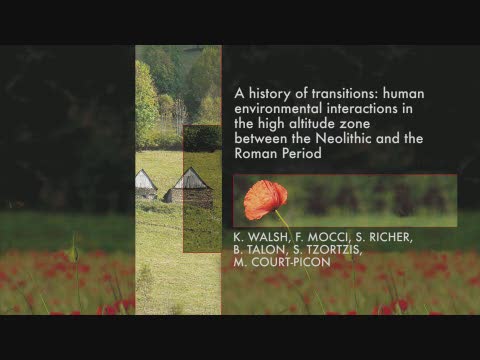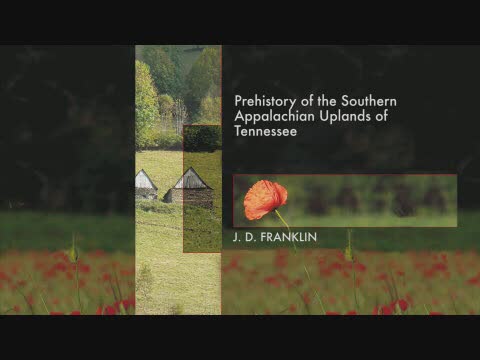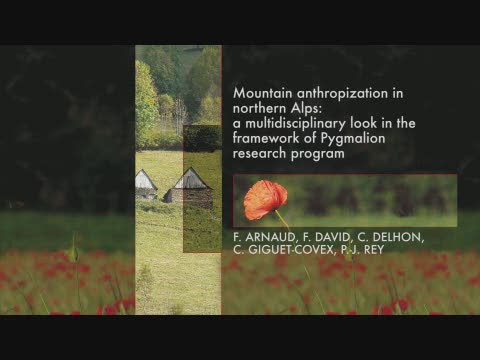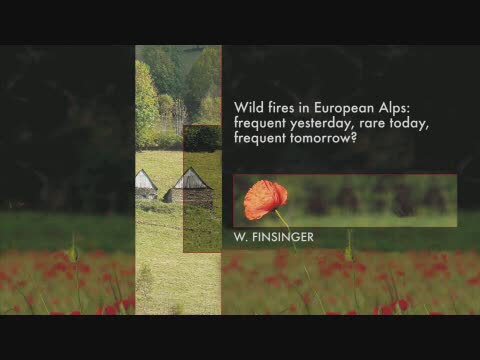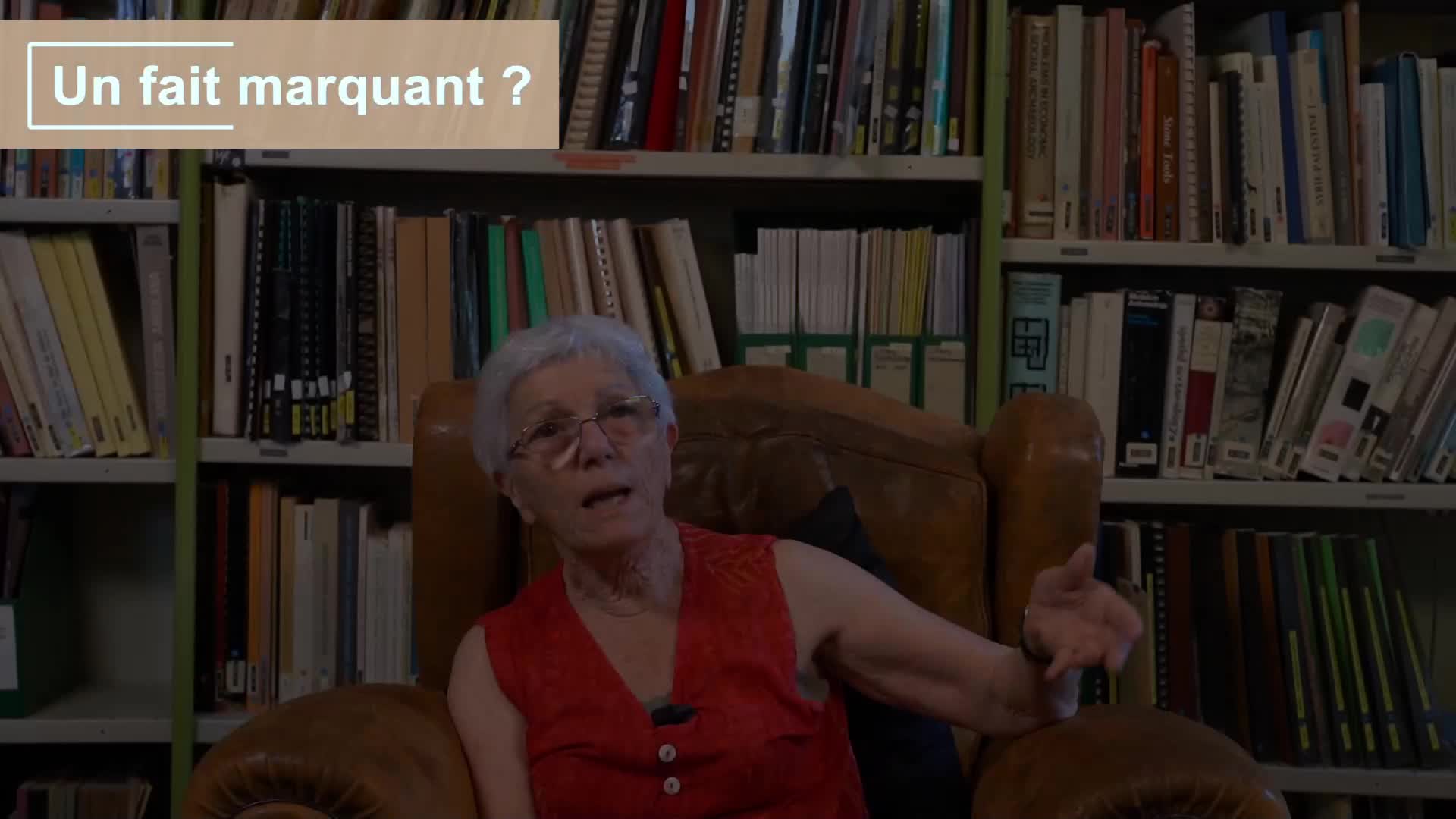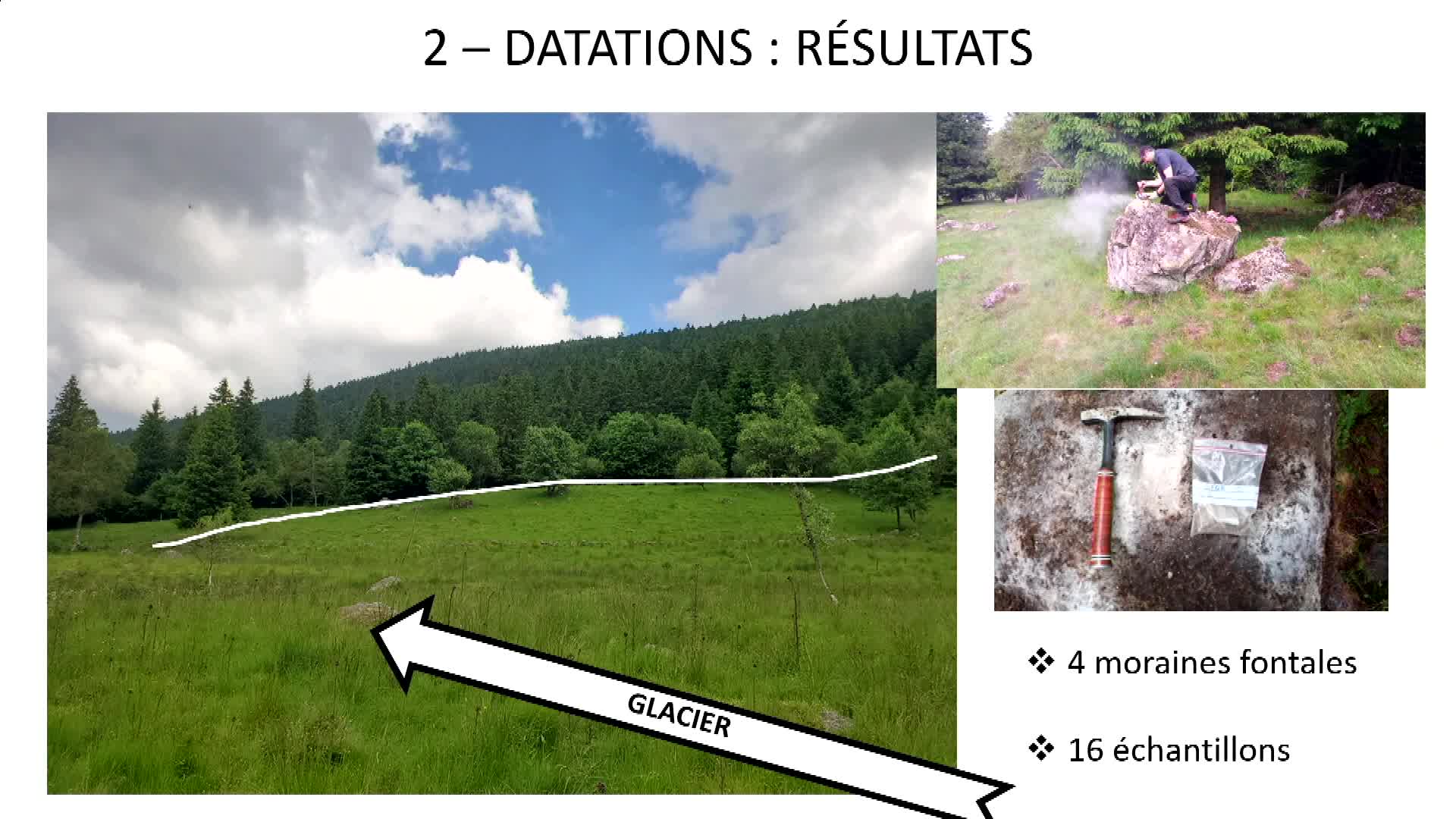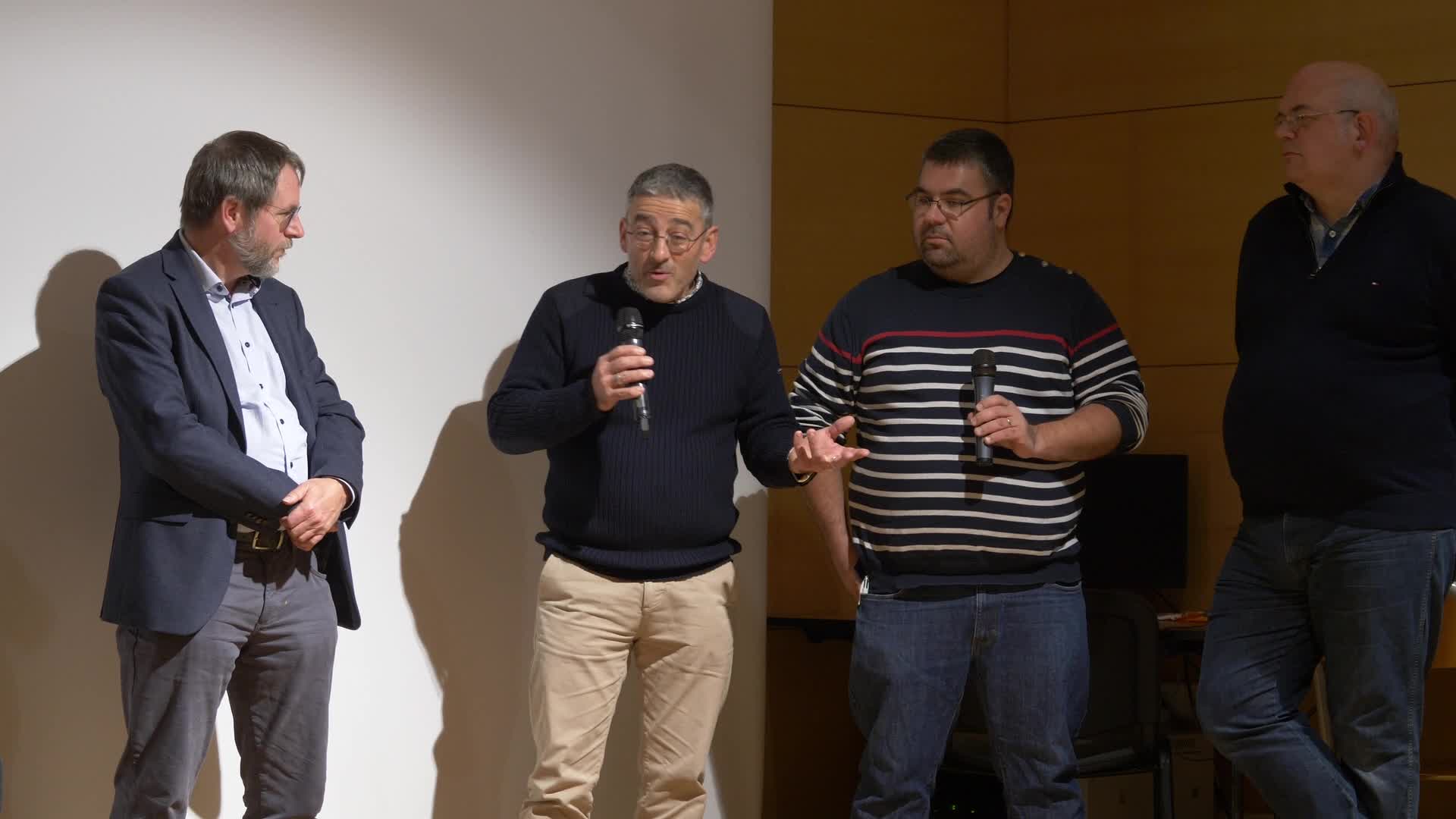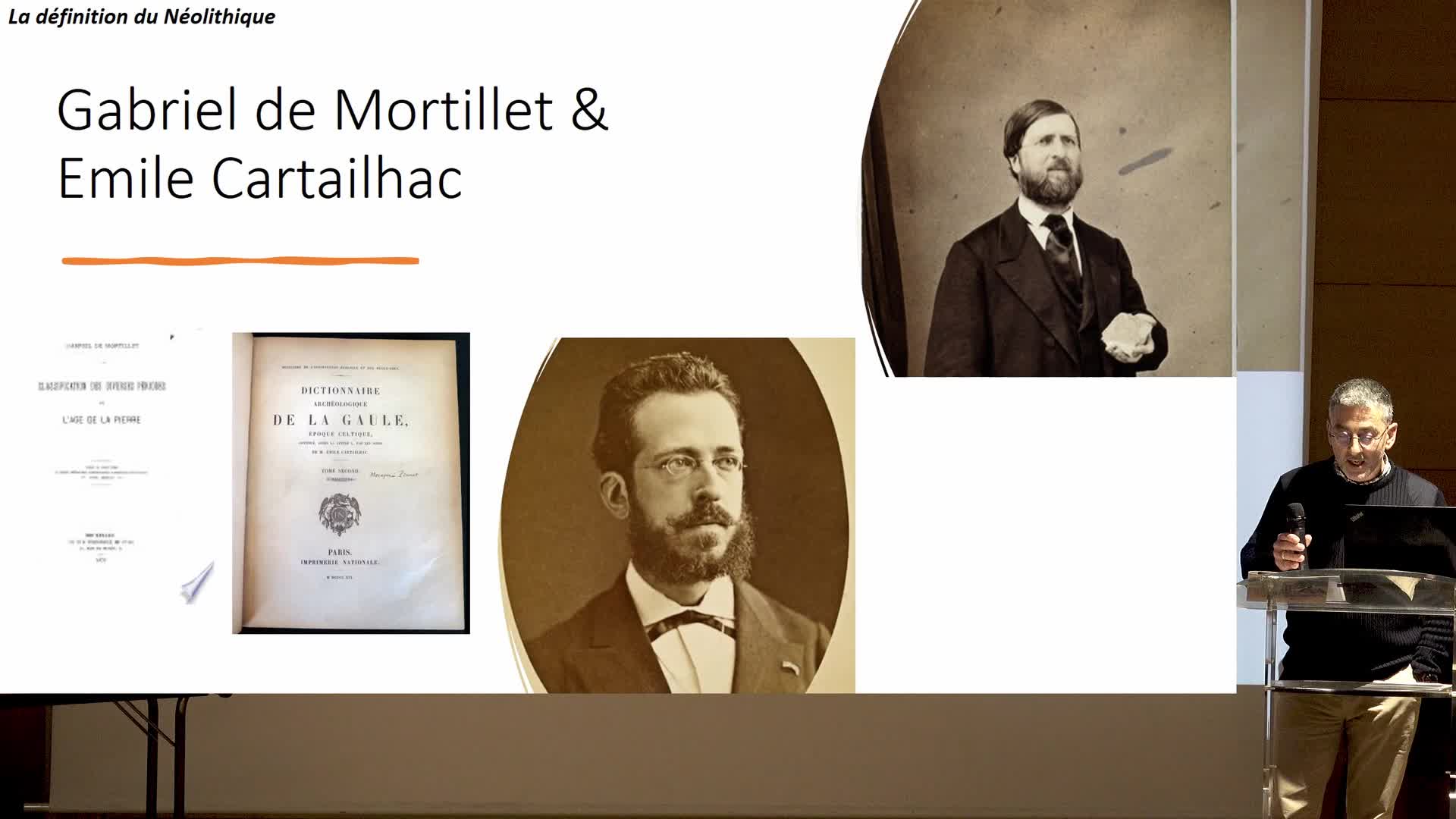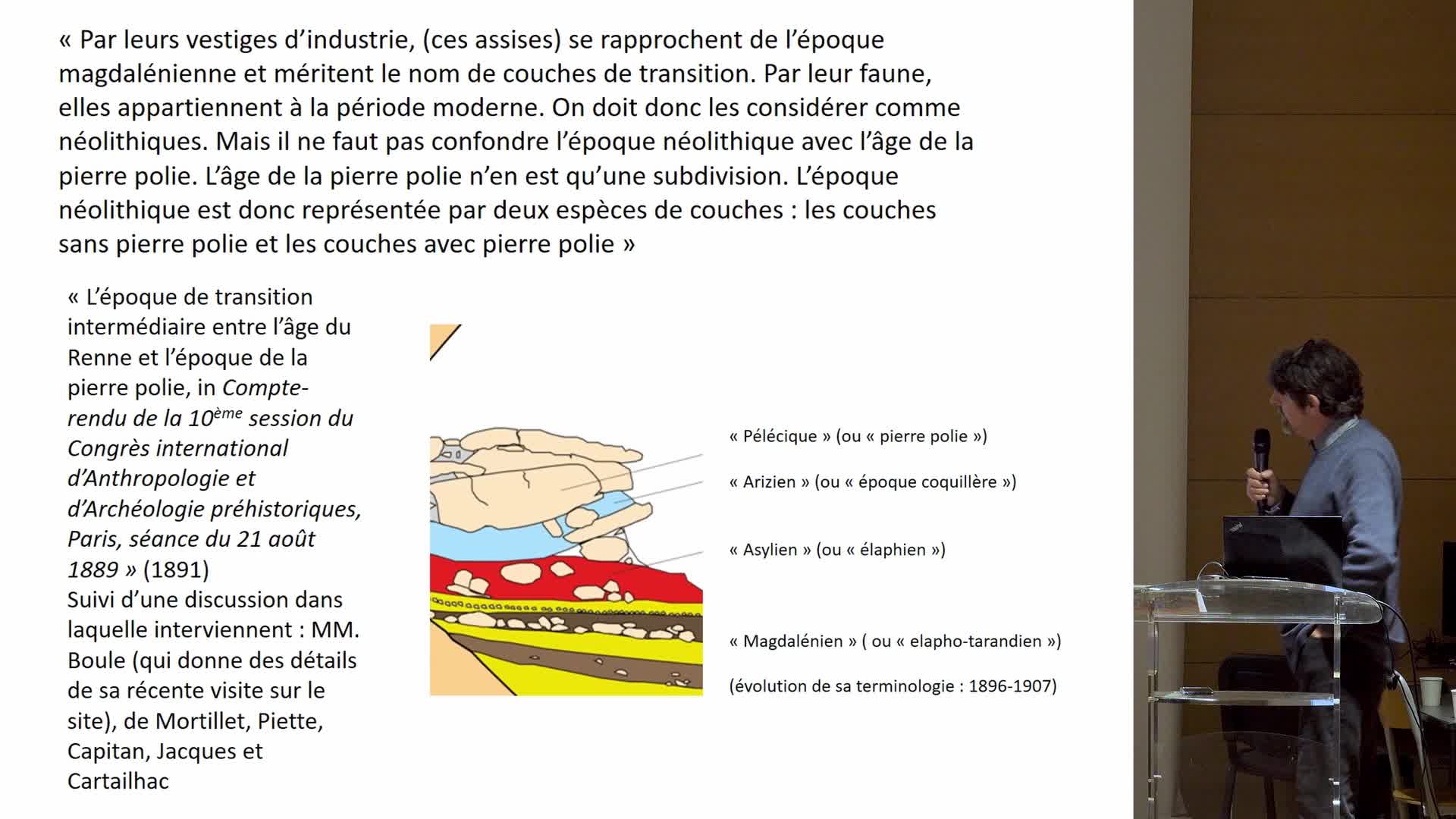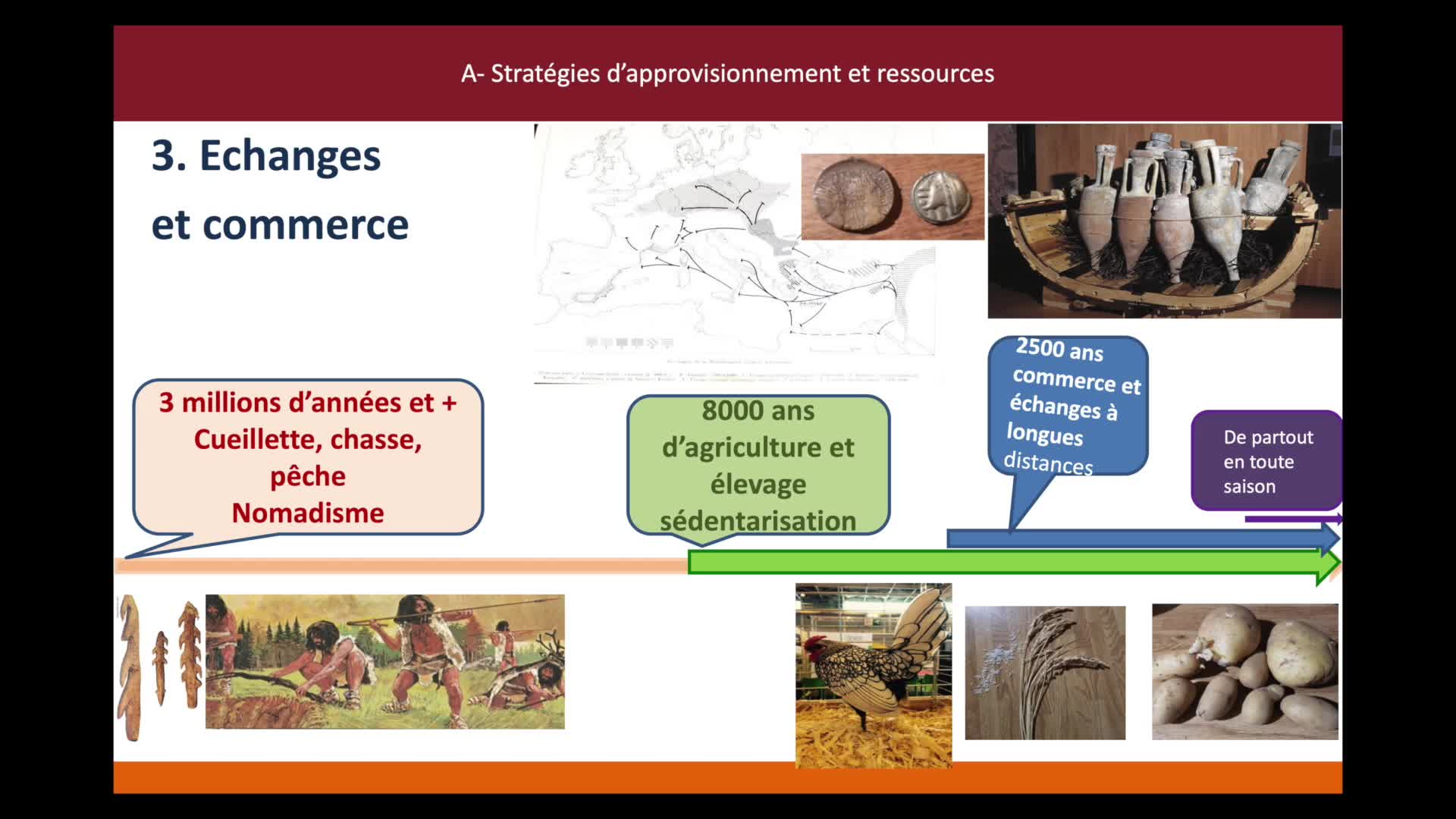Notice
Exploitation of natural vegetal resources in chalcolithic areni-1 cave (Armenia) / R. Hovsepyan
- document 1 document 2 document 3
- niveau 1 niveau 2 niveau 3
Descriptif
Exploitation of natural vegetal resources in chalcolithic areni-1 cave settlement (Armenia). Roman HOVSEPYAN ovsepyan, Roman. In "La construction des territoires montagnards : exploitation des ressources et mobilité des pratiques", 2e International Workshop on archaeology of european mountain landscape, organisé par les laboratoires GEODE, FRAMESPA, GEOLAB et Chrono-Environnement. Université Toulouse 2-Le Mirail, 8-11 octobre 2009. [seconde journée]
Recently discovered Areni-1 archaeological site is situated in karstic cave at Arpa River canyon, Armenia, on altitude 1000m above sea level. The climate of the cave region is very dry and the vegetation is represented with dry steppes and xerophile rare forests. The cave also is characterized by very dry conditions, which result excellent preservation of organic material inside the cave. As almost nothing was destroyed in the cave during Holocene, the assemblage of recovered vegetal remains and taxa is very diverse: more than 40 Seed Plants already were identified amongst uncountable vegetal remains (desiccated and charred). The most of recovered plant remains are originated from Chalcolithic contexts (dated with end of V-beginning of IV millennia calibrated BC).
Chalcolithic period of Caucasus is characterized with developed agriculture, which main direction was cultivation of free-threshing cereals. Situation of Areni-1 differs from general. Field-crops cultivated in Areni-1 ar almost the same as in other Chalcolithic sites : naked bread wheat (Triticum aestivum), emmer (T. dicoccum), hulled and naked barleys (Hordeum vulgare), as well as lentil (Lens culinaris) and grass pea (Lathyrus sp.), but they are very few in comparison with recorded trees and shrubs. The weeds, recovered in Areni-1, also are common for Chalcolithicperiod of the region: species of Buglossoides, Lithospermum, Vaccaria, Ranunculus, Galium, Polygonum, Camelina, Alyssum, Thlaspi, Scrophularia, Althaea, etc.Against of situation with field-crops, edible arboreal speciesare numerous in the site. Large quantities of Chalcolithic desiccated fruits, nutstones and seeds of hackberry (Celtis sp.), plums (Prunus spp.), cherries (Cerasus sp., C. incana, C. cf. mahaleb), almonds (Amygdalus spp.), hawthorn (Crataegus sp.), roses (Rosa spp.), blackberry (Rubus sp.), pear (Pyrus sp.), oleaster (Elaeagnus angustifolia), walnut (Juglans regia), juniper (Juniperus sp.,seeds), caper (Capparis spinosa), grape (Vitis vinifera) are recovered in Areni-1 cave. Majority of above mentioned woody and shrubby plants are common elements of rare xerophile forests of Daralagez floristic region, where the cave is situated, and have large biological diversity there. Only exceptions could be the walnut and the grape, wild exemplars of which now growing in discussed region are considered as wilded cultigens. Modern Areni is known as region with high developed horticulture (grape, apricot, peach, plums, cherries, apple, pear, etc.).
It is known that prehistoric communities’ existence highly depended from natural resources. In late prehistoric (Pottery Neolith–Eneolith) period of South-Eastern European communities this dependence from natural resources was intermediated with exploitation of territories mostly via agriculture, which accompanied with some gathering and sometimes also with some viticulture and horticulture, as well as animal husbandry accompanied with hunting. In case of Areni-1 Chalcolithic settlement situation is another; the main direction to get vegetal meal is gathering (cultivation?) of available trees’ and shrubs’ fruits and seeds instead of field agriculture, which has been pushed to secondary plan. This can be explained with presence of only very limited space, narrow river bank zone (flat bottom of the canyon), where irrigation and consequently field agriculture was possible in Chalcolithic period.
The case of Chalcolithic Areni-1 site is good example, where the community’s plant economy has been modified according to specific abiotic (relief, climate) and biotic factors (vegetation) of the environment.
Intervention / Responsable scientifique
Dans la même collection
-
La construction des territoires montagnards : exploitation des ressources et mobilité des pratiques…
GalopDidierThe occupation and the exploitation of mountain environments, both during conquest and maximum demographic phases, or on the contrary, during desertification phases, differ in geographical
-
Human environmental interactions in high altitude zone between Neolithic and roman period / K. Walsh
WalshKevinA History of Transitions : human environmental interactions in the high altitude zone between Neolithic and roman period. Kevin WALSH. In "La construction des territoires montagnards : exploitation
-
L'agro-pastoralisme en milieu montagnard : l'apport des sépultures saisonnières / Patrice Courtaud
CourtaudPatriceL'agro-pastoralisme en milieu montagnard : l'apport des sépultures saisonnières. Patrice COURTAUD. In "La construction des territoires montagnards : exploitation des ressources et mobilité des
-
L'évolution végétale holocène sur le versant sud des Pyrénées occidentales / Maria-José Iriarte
IriarteMaría JoséL'évolution végétale holocène sur le versant sud des Pyrénées occidentales. Maria José IRIARTE. In "La construction des territoires montagnards : exploitation des ressources et mobilité des pratiques"
-
Prehistory of the Southern Appalachian uplands of Tennessee / Jay Franklin
FranklinJay D.Prehistory of the Southern Appalachian uplands of Tennessee. Jay FRANKLIN. In "La construction des territoires montagnards : exploitation des ressources et mobilité des pratiques", 2e International
-
A cultural landscape research in a mediterranean mountain (Barcelona-Girona) / A. Garcia Molsosa
Garcia MolsosaArnauA cultural landscape research in a mediterranean mountain area : the "Massis del Montseny project" (Barcelona-Girona) / A. GARCIA MOLSOSA. In "La construction des territoires montagnards :
-
The Hidram4000 project : land use, human occupation and lanscape changes in Spain / A. Curras
Currás DominguezAndresThe Hidram4000 project : land use, human occupation and lanscape changes in Spain during the last 3000 years. The Somolinos lake record (1240 M A.S.L.) : Siera de Pela, Guadalajara Province. Andres
-
Mountain anthropization in Alps : a multidisciplinary look in the Pygmalion program / F. Arnaud
ArnaudFabienMountain anthropization in Alps : a multidisciplinary look in the framework of Pygmalion research program. Fabien ARNAUD. In "La construction des territoires montagnards : exploitation des ressources
-
Wildfires in european alps : frequent yesterday, rare today, frequent tomorrow ? / W. Finsinger
FinsingerWalterWildfires in european alps : frequent yesterday, rare today, frequent tomorrow ?. Walter Finsinger. In "La construction des territoires montagnards : exploitation des ressources et mobilité des
-
Territorial practices, landscape dynamics and mobilities in a french mountain / P. Allée, Y. MIras
AlléePhilippeMirasYannickTerritorial practices, landscape dynamics and spatio-temporal mobilities in a french medium mountain : integrated approach combining archaeological and paleoecological inverstigations performed in the
-
Exploitation des vallées andorranes depuis le Néolithique/ J.-M. Palet Martinez, H. Orengo Romeu
Palet i MartínezJosep M.Orengo RomeuHèctor A.L'exploitation des ressources des vallées andorranes du Madriu-Perafita-Claror et de la chaîne du Cadi (Pyrénées orientales) depuis le Néolithique à partir des données archéologiques et
-
New data about the human occupation, environmental history, landscape changes in Pyrenees / Emengol…
Gassiot BallbèErmengolThe Excava project : new data about the human occupation, environmental history and landscape changes in southern Pyrenees. Emengol GASSIOT BALLBE. In "La construction des territoires montagnards :
Sur le même thème
-
Entretien avec Danielle Stordeur
StordeurDanielleDanielle Stordeur est préhistorienne, directrice de recherche émérite au CNRS, spécialisée dans la néolithisation du Proche-Orient. Elle témoigne de son arrivée à Jalès et de son travail au sein de l
-
Entretien avec Frédéric Abbès
AbbèsFrédéricFrédéric Abbès, ingénieur de recherche au CNRS spécialiste des technologies lithiques néolithiques raconte son arrivée à Jalès, en Ardèche, au sein de l'équipe pluridisciplinaire montée par l
-
Entretien avec Yann Callot
CallotYannYann Callot, Professeur émérite de Géographie, évoque son arrivée et son travail à la commanderie de Jalès, les collaborations scientifiques et l’ancrage territorial du site de Jalès.
-
Entretien avec Emmanuelle Vila
VilaEmmanuelleEmmanuelle Vila, directrice de recherche au CNRS et archéozoologue revient sur son arrivée à Jalès et sur la place de l’archéozoologie au sein de l’équipe pluridisciplinaire réunie par Jacques Cauvin
-
GLAMCE - Dater les paysages glaciaires du Forez : combinaison d’une technique low-tech (Marteau de …
RousselErwanAncrenazArthurArthur Ancrenaz et Erwan Roussel, membres de GEOLAB, présentent le projet GLAMCE.
-
Glozel-Session 2 : Table ronde conclusive
AngevinRaphaëlBonFrançoisGilabertChristopheGernigonKarimZurbachJulienTable ronde conclusive de la session n°2 - Glozel et la Préhistoire : construction(s) intellectuelle(s) et institutionnelle(s) - du colloque Glozel dans l’histoire de l’archéologie française : sources
-
Genèse et apories de la Préhistoire récente au Proche-Orient
BreniquetCatherineCatherine Breniquet revient sur les enjeux de la naissance de la préhistoire récente du Proche-Orient.
-
Le « Mirage oriental » de Salomon Reinach et la question primordiale de l’origine de la civilisatio…
GernigonKarimDès la publication du premier fascicule relatant ses fouilles de Glozel avec Fradin (1925), Morlet fait référence à l'article « Le Mirage oriental » publié par Salomon Reinach en 1893 dans L
-
L’archéologie néolithique à la fin du XIXe et au début du XXe siècle : entre construction scientifi…
GilabertChristopheÀ la fin du XIXe et au début du XXe siècle, la question du Néolithique est encore fortement liée à une vision évolutionniste de l’apparition de la « civilisation » en Europe et sur le pourtour
-
Glozel ou le « trompe-l’œil » d’une nouvelle résolution du hiatus entre Paléolithique et Néolithique
BonFrançoisFrançois Bon s'intéresse à la manière dont s'est difficilement opérée la reconnaissance d'une période de transition entre le Paléolithique et le Néolithique...
-
Les grandes étapes de l’alimentation, du Paléolithique à l’époque gauloise
FlouestAnneAnne Flouest, géologue et docteure en paléoclimatologie, revient sur l’étonnante évolution des usages alimentaires du Paléolithique à l’époque gauloise.
-
Approvisionner le feu en bois. Regard anthracologique sur l’exploitation du Bois des Lens et les us…
VaschaldeChristopheChardonneau-HenneuseJulienApprovisionner le feu en bois. Regard anthracologique sur l’exploitation du Bois des Lens et les usages du combustible par les potiers de l’Antiquité tardive.


